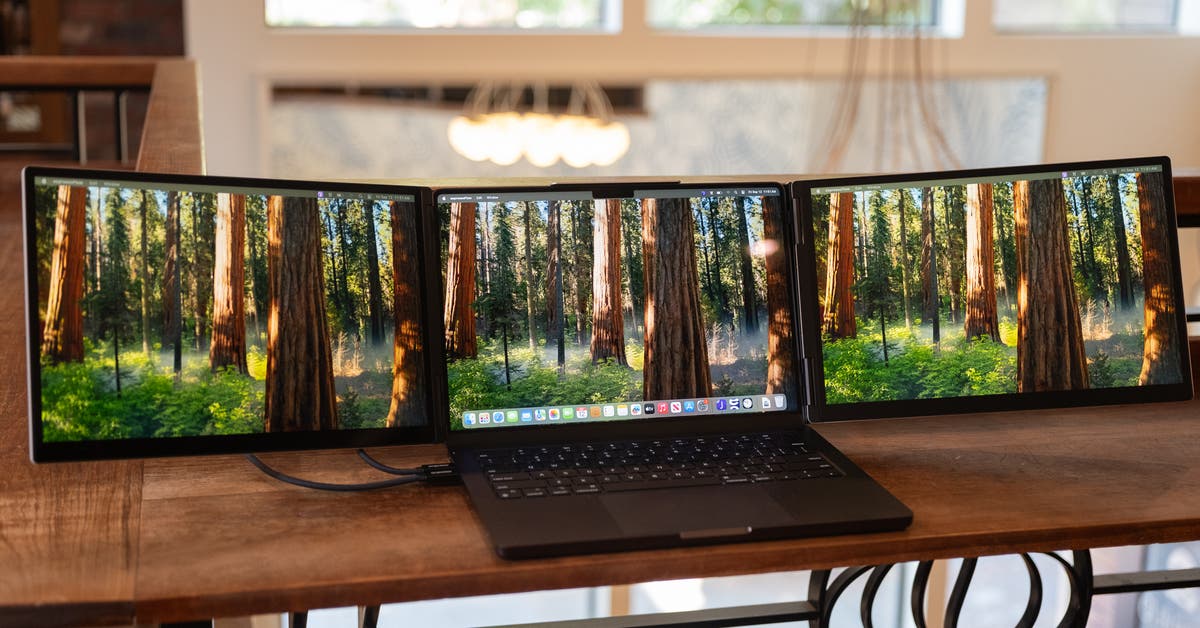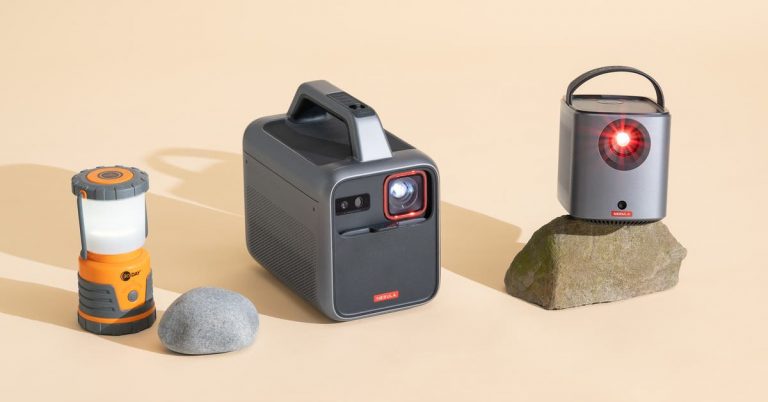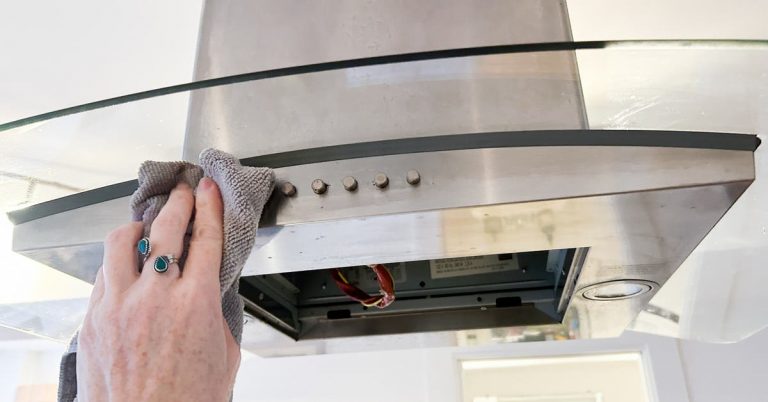Laptop Screen Extenders: Great Idea, Flawed Execution
Although laptop screen extenders can be useful — and can make your work setup look extremely professional — they have significant drawbacks that make them tough to recommend for most people.
We don’t love the ergonomics. Figuring out how to position the screens can be challenging. Due to the weight of the extended displays, you have to tilt your laptop screen slightly backward so that the kickstand can help support it. When you fully extend the displays to be flush with your laptop’s monitor, the corners of your screens are suddenly 2 feet away. But when you pull the edges of those monitors in, they start to angle upward because the entire laptop screen is tilted backwards. That angle forced me to tilt and crane my neck in a way that felt uncomfortable over extended use. Laptop screen extenders are also notably wide and can easily dominate a table meant to be shared at a library, airport, or other public place.
Cheaper screen extenders have bad displays. When we tested a $300 Kefeya extender from Amazon, we found that the contrast was poor, and both of its screens were too dim even for some indoor situations. They didn’t clip securely to our laptop, either. Considering that $300 was what we had hoped to pay for a solid laptop screen extender, this was disappointing.

The good ones are heavy, bulky, and expensive. There were a few tested models we that we actually liked, including the Xebec Snap and the Monduo 14 Inch Pro Duo. Xebec’s Snap system has that unique modular design, while the Monduo extender’s displays offer better brightness, a higher resolution, and a higher refresh rate. But the Snap system costs about $1,100 for the bracket and two screens, and the Monduo extender is $700. Both are bulky to transport, weighing about 4 to 5 pounds with all the cables, cases, and accessories. In comparison, our 1.7-pound top portable monitor pick offers most of the same functionality for just $130. It’s difficult to recommend something that is much more expensive but isn’t significantly better.
They have a greater risk of failing. Laptop screen extenders are typically built to be one piece, with the central clip-on bracket directly connected to the monitors by a hinge. This means that if one of the displays starts to get bright or dead pixels or has some other issue, the entire thing is broken and needs to go in for repair. Xebec’s Snap system gets around that problem in a clever way, as its displays are magnetically attached, but that design is the exception rather than the rule.






